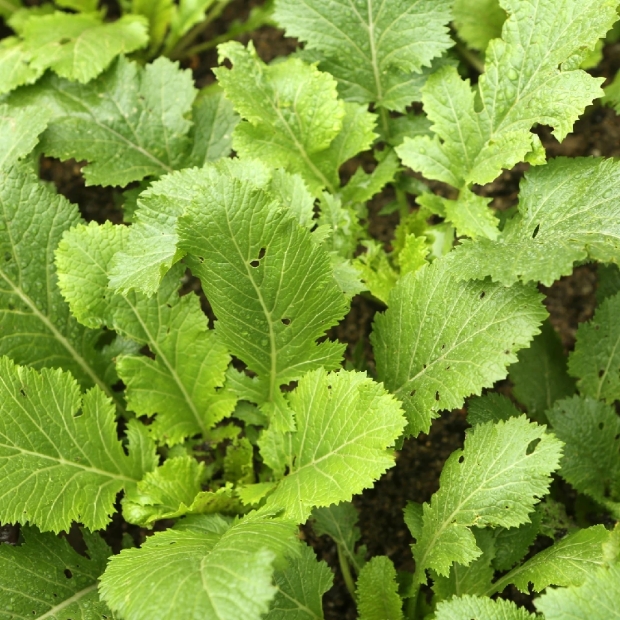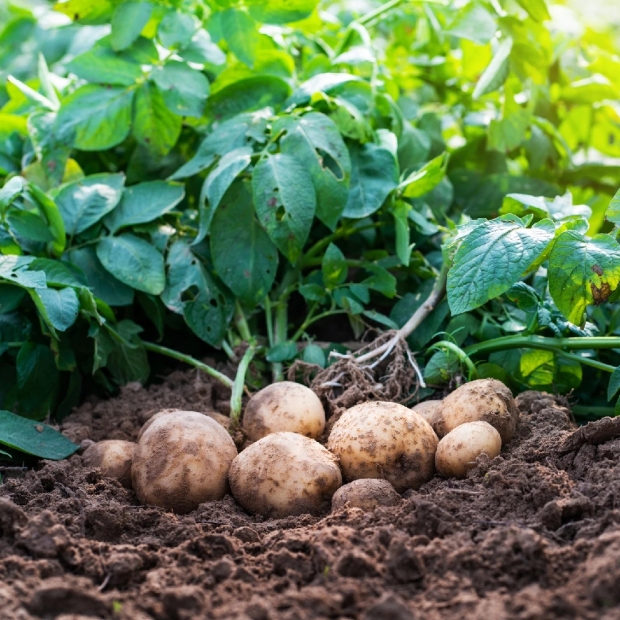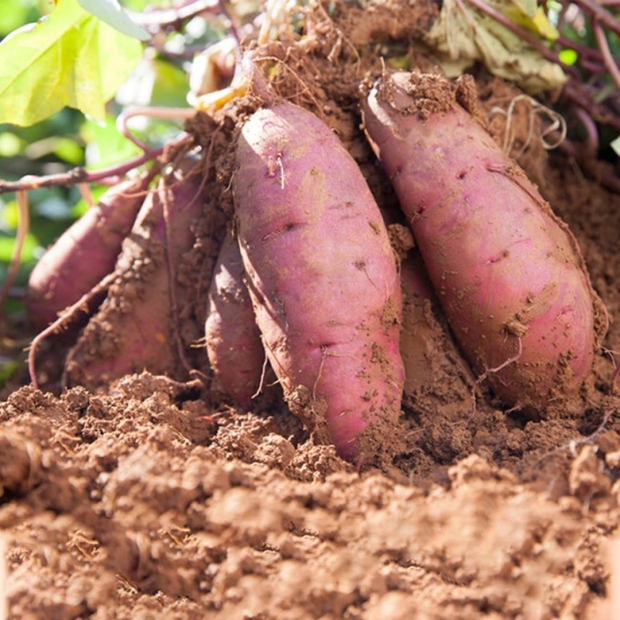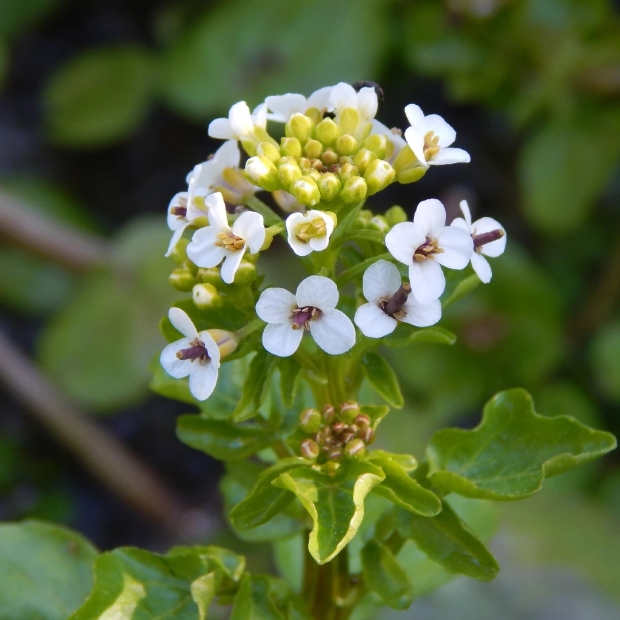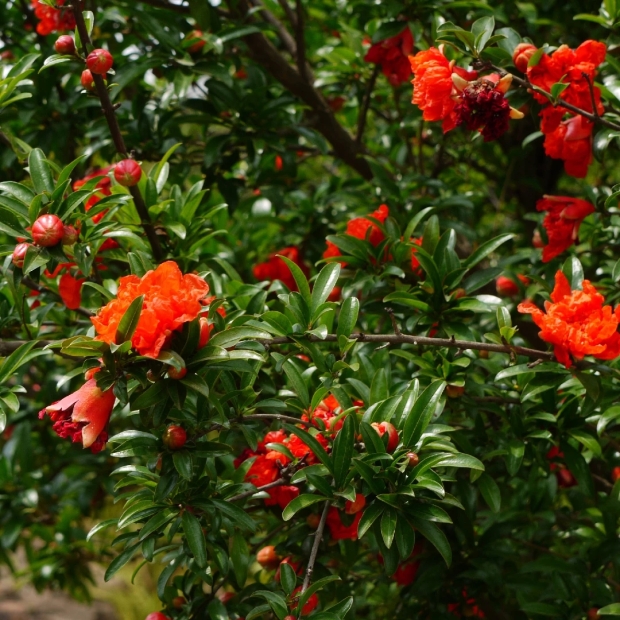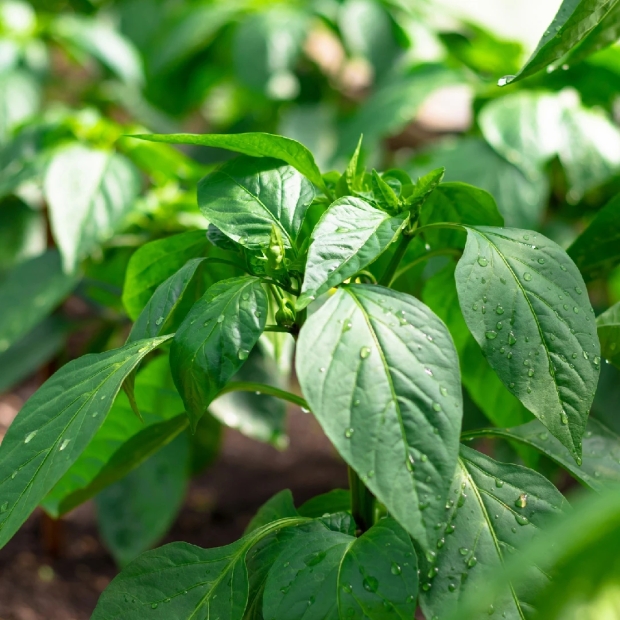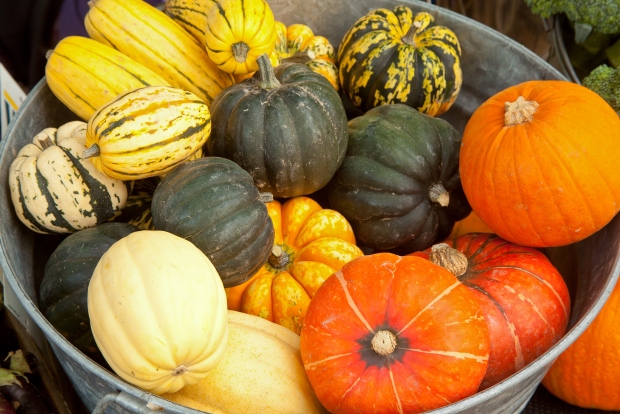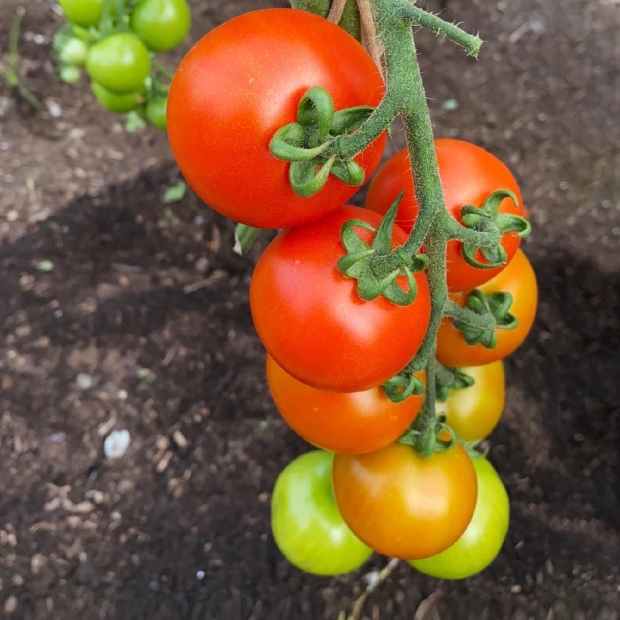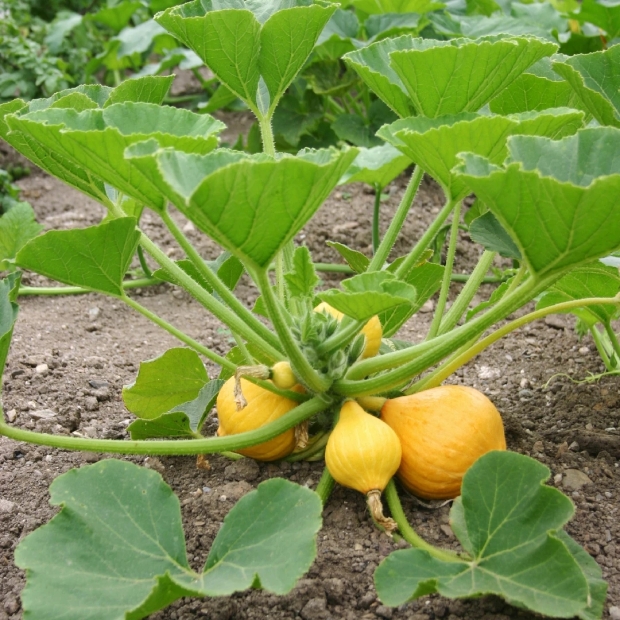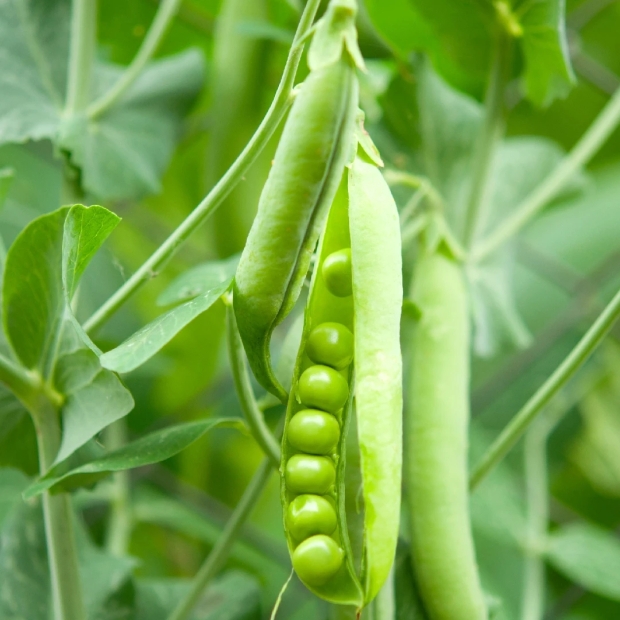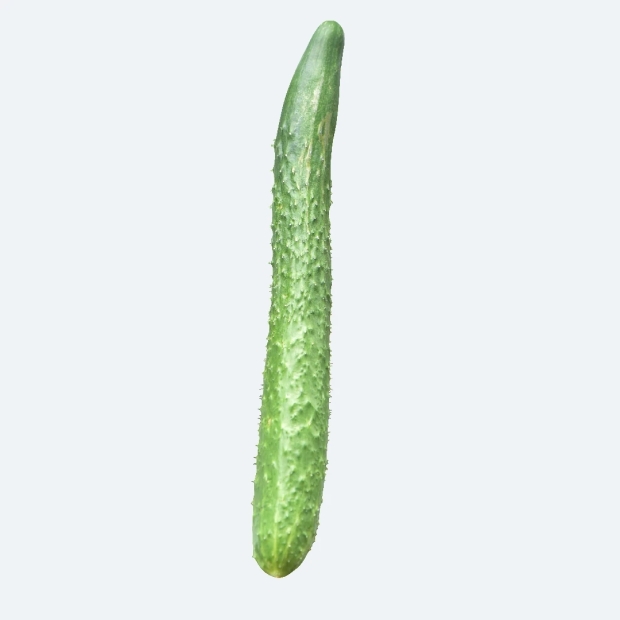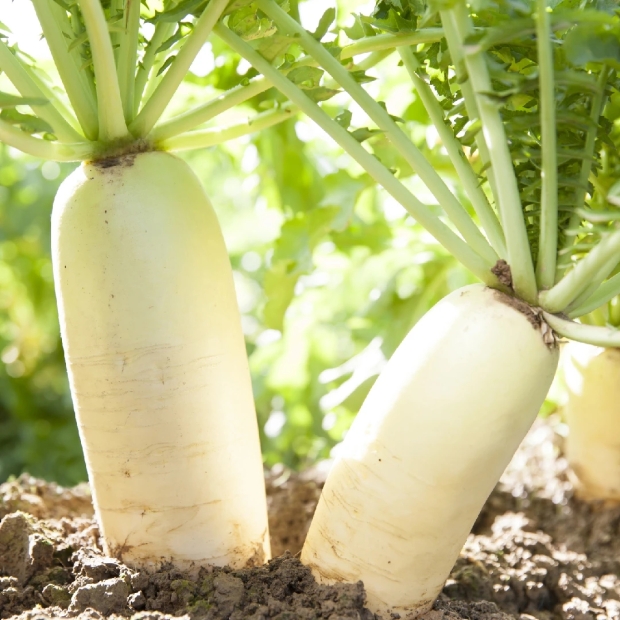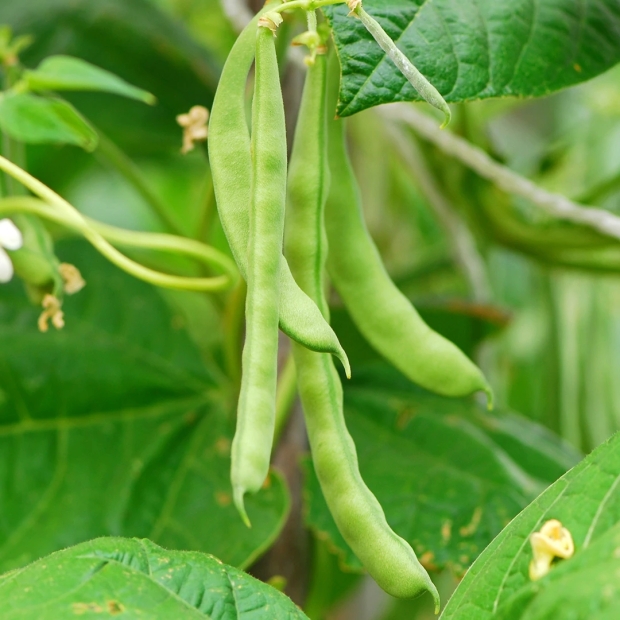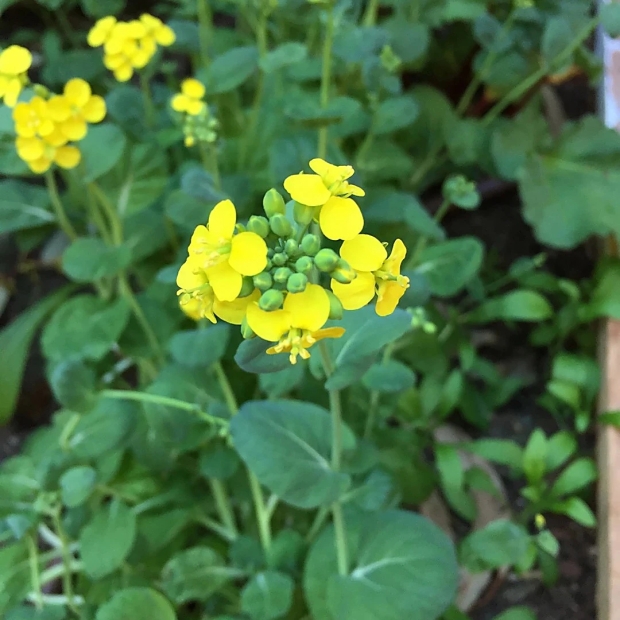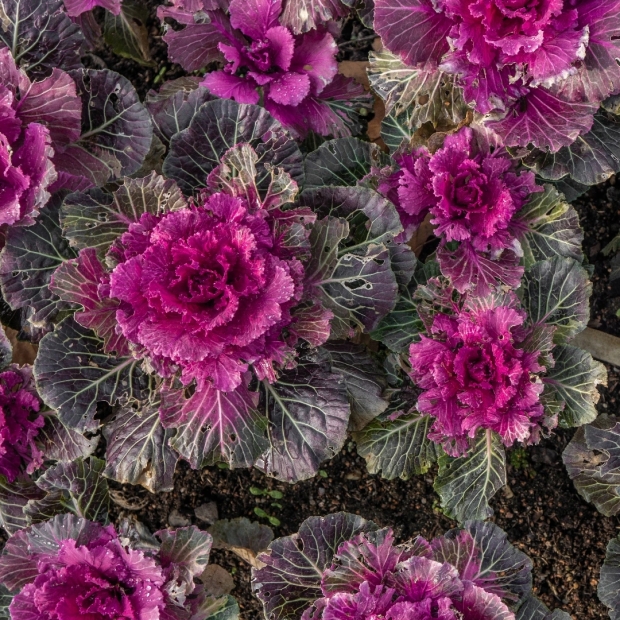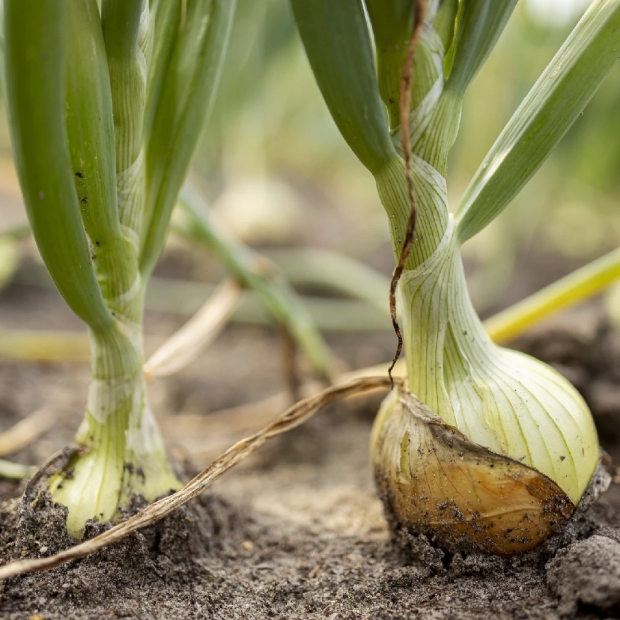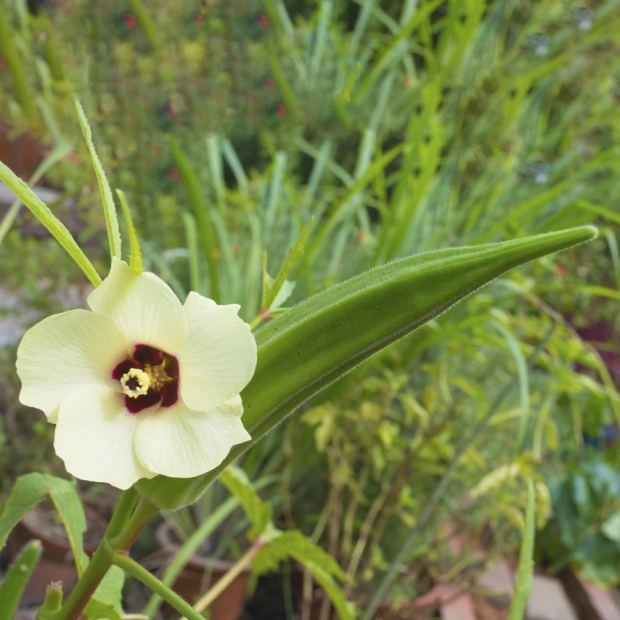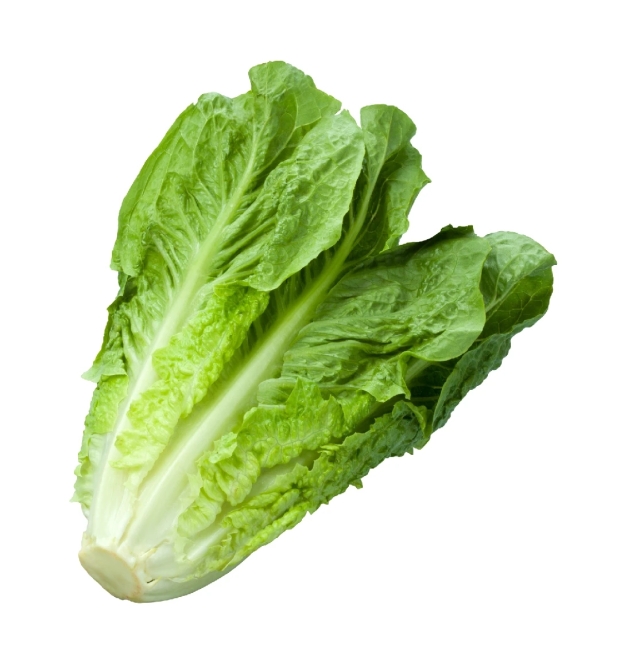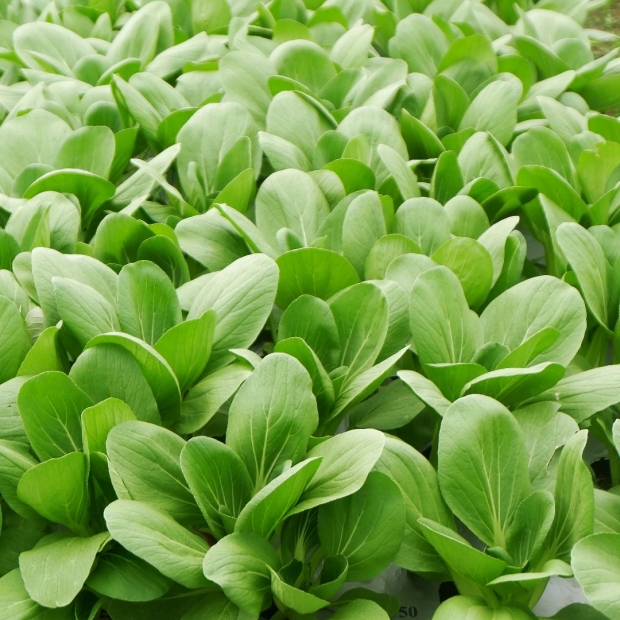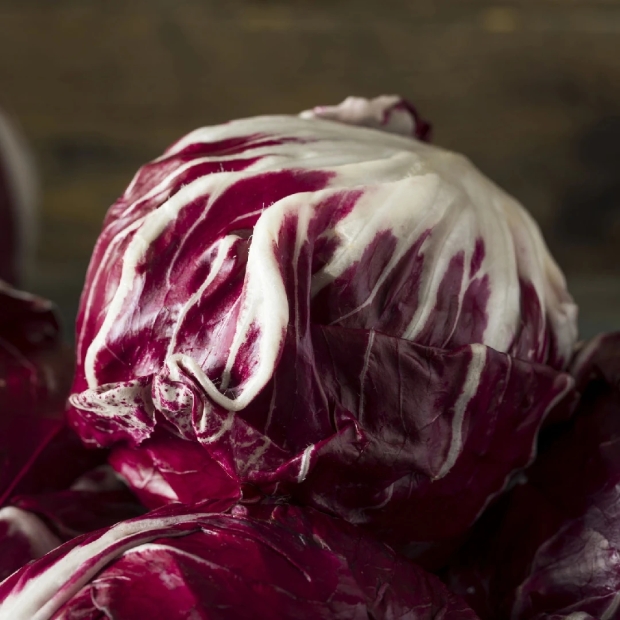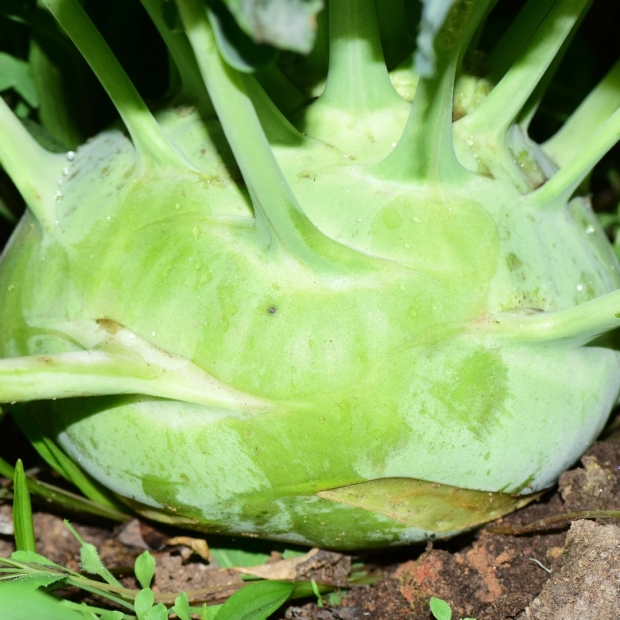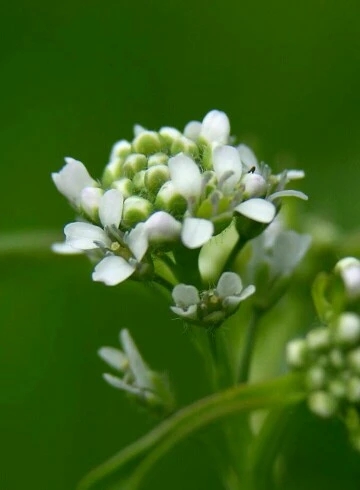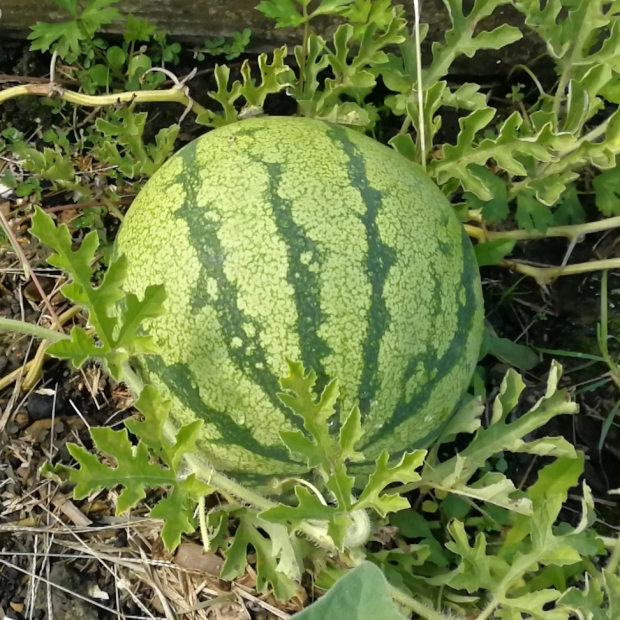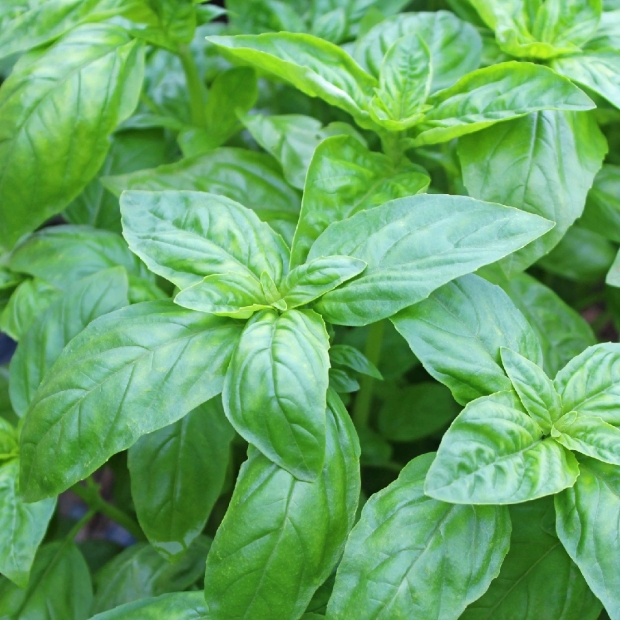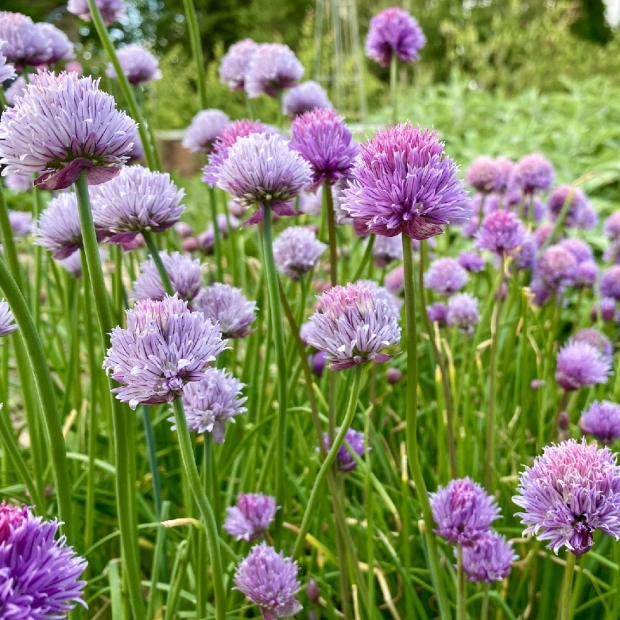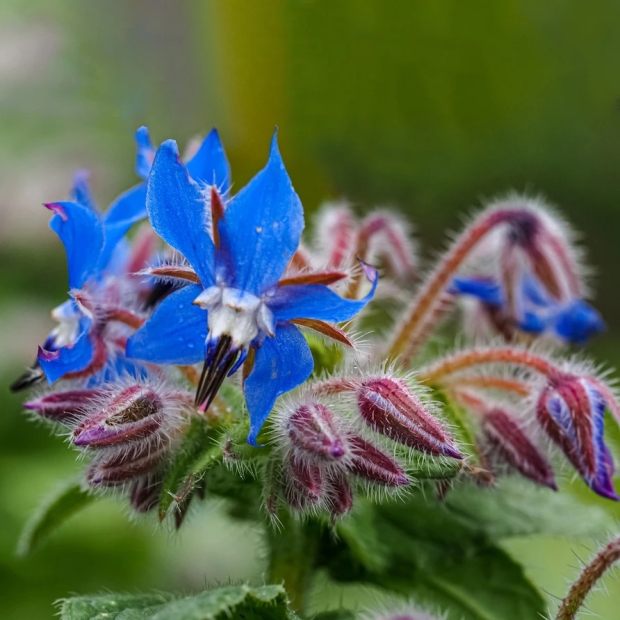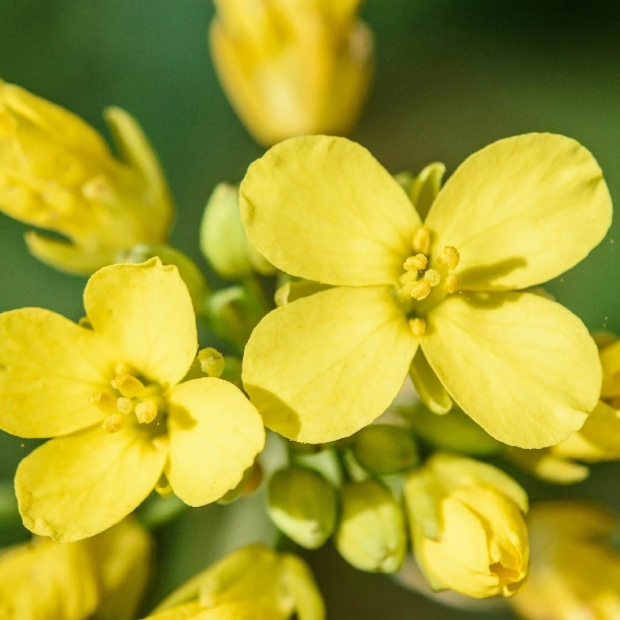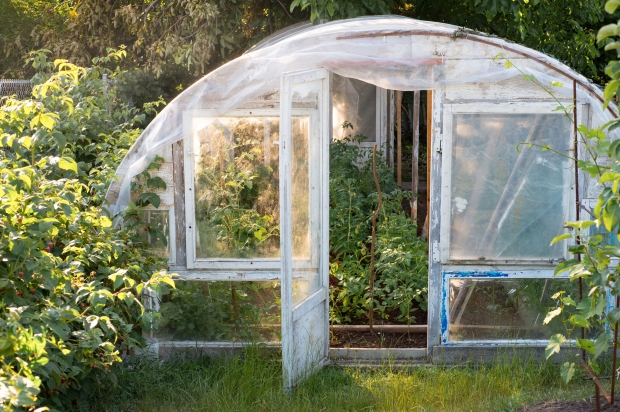Few diseases fill people with more fear today than cancer. While numerous factors are involved in your overall risk of developing cancer, eating a healthy diet is one way to reduce yours. That consists of filling your plate with various fruits and vegetables with diverse nutritional profiles.
For the overachievers, it’s even better to grow these cancer-fighting vegetables yourself. Not only does doing so ensure you will have easy access to them as soon as you want to start cooking, but it guarantees you get some exercise throughout the growing season—another proven way to lower your cancer risk.
Not all fruits and vegetables are created equal. Some have more cancer-fighting compounds than others. Here’s a guide for ten stellar options of produce to grow at home to ensure your diet is giving your body the best chance possible at both preventing and beating cancer.
(Notice: The information contained in this article is for informational purposes only and does not constitute medical advice.)
Arugula
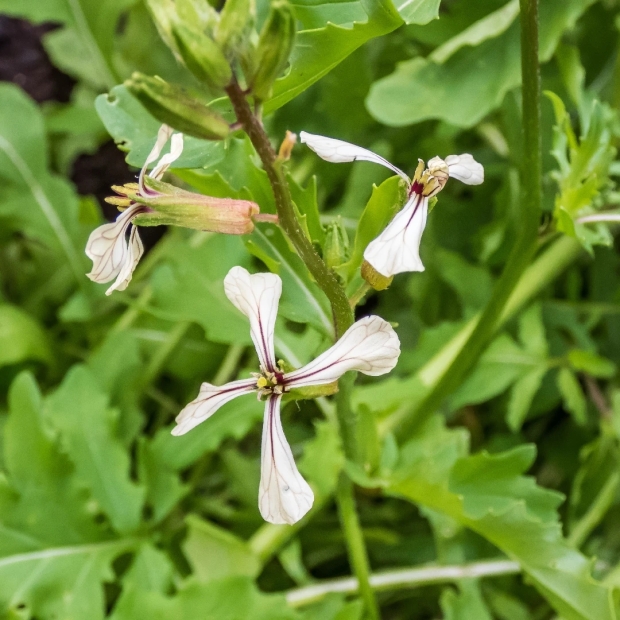
Arugula (Eruca vesicaria) is an annual cool-season vegetable with peppery-tasting leaves. It will grow from 12 to 18 inches tall. It is often eaten in salads. The flowers and seeds are also edible. It prefers full sun to partial shade and tolerates wet soil and light frosts.
Broccoli
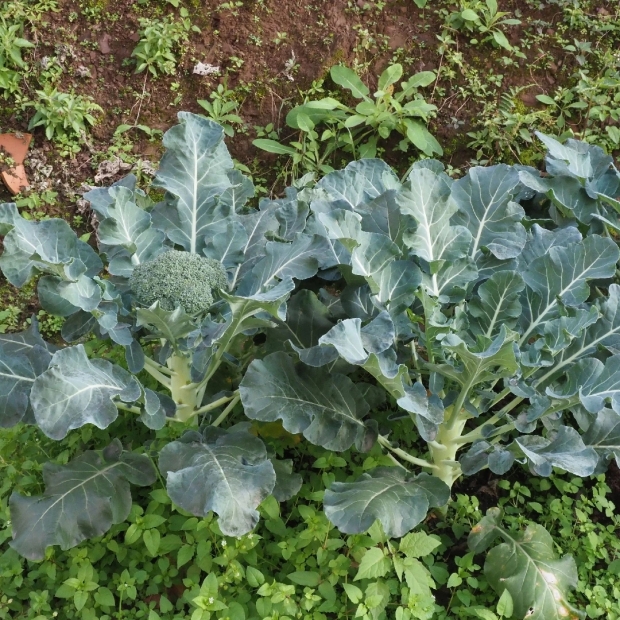
Broccoli (Brassica oleracea var. italica) is a nutritious, cool-weather crop in the cabbage family grown extensively worldwide, both commercially and in home gardens. It is eaten as a nutritious vegetable, raw or cooked, and is frequently added to salads, casseroles, or vegetable platters. Its name comes from a similar Italian word that means “the flowering crest of a cabbage.”
Brussels sprouts
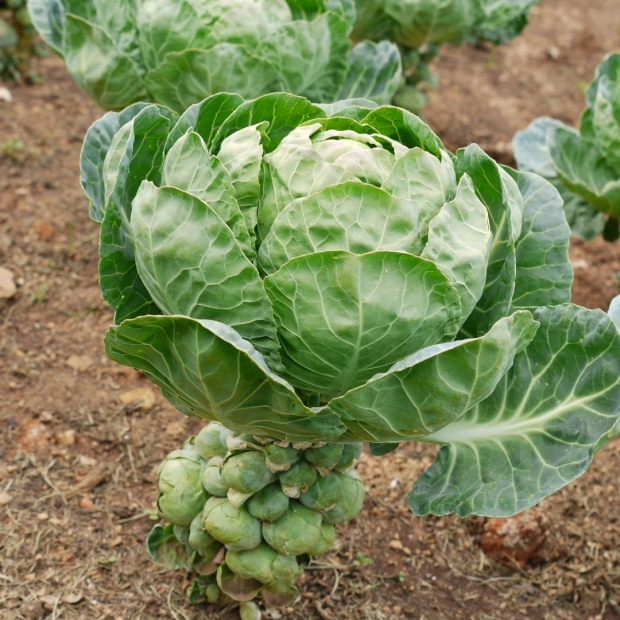
Brussels sprouts (Brassica oleracea var. gemmifera) are grown in cool-weather vegetable gardens to harvest their miniature cabbage-like buds. It’s thought the common name comes from this vegetable’s popularity in Brussels, Belgium, which dates back at least to the 1300s.
Horseradish

Horseradish (Armoracia rusticana) is a perennial plant in the same family as mustard and cabbage; like its family members, it is widely cultivated for culinary purposes. The large white root of the Horseradish has a distinctive spicy aroma and flavor and is used as a condiment in many dishes.
Carrot
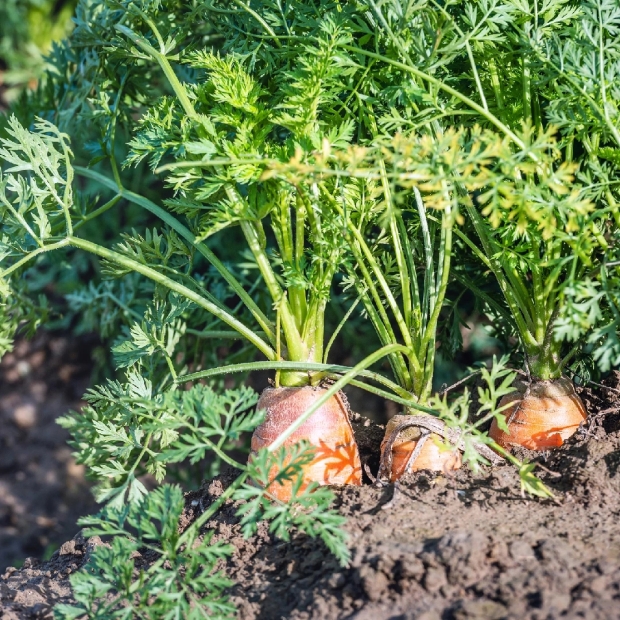
Carrot (Daucus carota subsp. sativus) is the domestic version of its wild relative. This ubiquitous vegetable is closely related to parsley, fennel, and dill. The orange root can be eaten cooked or raw. The Carrot is self-fertile and is pollinated by flies and beetles, who use its flowers as a food source.
Common turmeric

Common turmeric is a member of the ginger family, and the roots of this plant are often used as cooking for a seasoning agent. They can be used fresh or ground after boiling and drying. The distinctive orange color of the ground-up root is an identifying trait; Tumeric can also be used as a dye.
Citrus
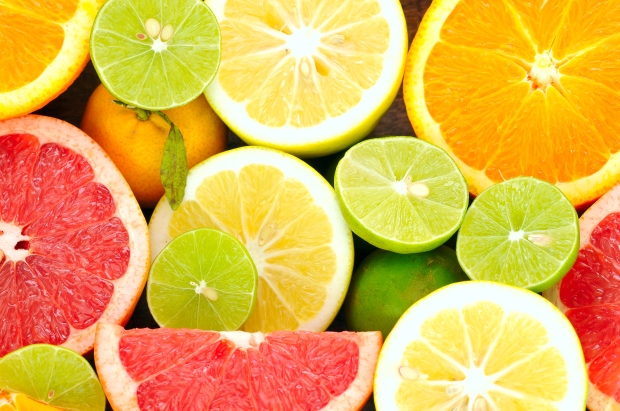
Citrus (Citrus) are a large group of tropical and warm-temperate flowering plants that are of tremendous culinary and commercial importance to humans. Citrus include some of the most popular fruits in the world, including oranges, lemons, limes, grapefruits, and tangerines. They are thought to have been cultivated since at least 3,000 BCE – that’s 5,000 years ago! In addition to being grown for their fruits, these plants are also grown as ornamentals or as nectar-providers for bees.
Garlic
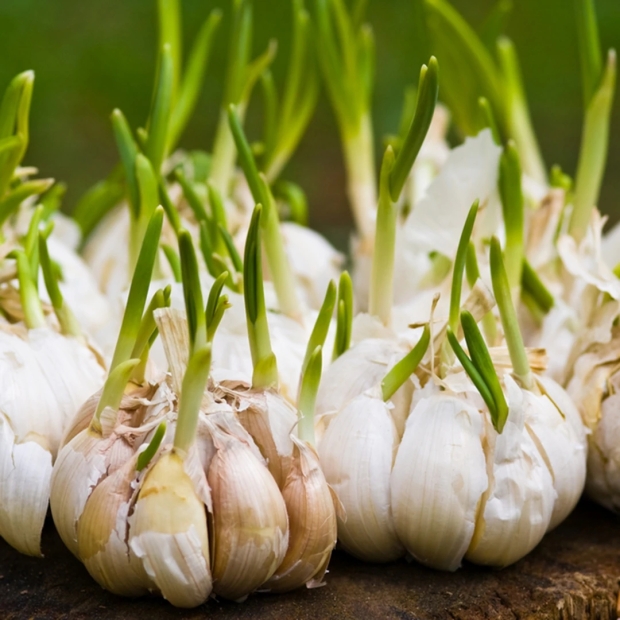
Garlic (Allium sativum) is an extremely popular garden plant because of its use for flavoring dishes, as well as its ease of care and growth. It is traditionally planted in autumn and harvested in mid-summer. This plant is also called the stinking rose, and it is useful as an insect repellent in gardens. Garlic is important to Korean creation myths, and is believed to ward off vampires and other spirits in European folklore.
Spinach

Spinach (Spinacia oleracea) is an edible plant species that is often considered a ‘superfood’ due to its high content of vitamins, folate, fiber, iron, magnesium, and other nutrients. Spinach is grown in gardens around the world and provides an important food source.
Beet
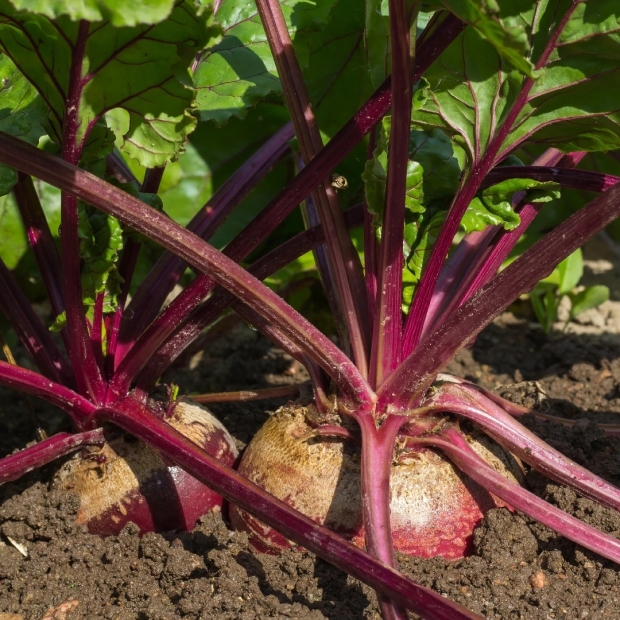
The Beet (Beta vulgaris) provides a variety of uses for food products and garden growth. The roots are commonly consumed as nutrient-rich vegetables, the body of the sugar beet is used to make table sugar, and the leaves are harvested as a separate vegetable: chard. In 18th-Century Silesia, an area that is now part of Poland, the first-ever beet sugar extraction plant was created by a royal decree from the king.
